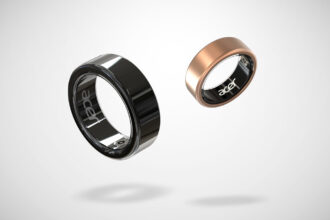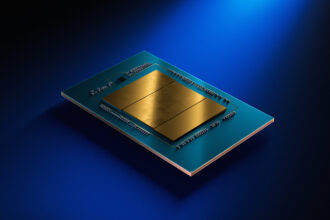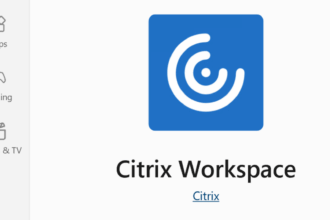The arrival of the Motorola Edge 60 Fusion in Australia is set for May 22, following its initial launch in the UK earlier this April. Priced at AU$699, this smartphone aims to uphold Motorola’s legacy of delivering excellent mid-range devices that offer a high-end experience without an exorbitant price tag.
Consumers can choose from three eye-catching colors: Slipstream (purple), Amazonite (teal), and Zephyr (pink). Major retailers such as JB Hi-Fi, The Good Guys, Amazon, Motorola’s own online store, as well as Harvey Norman and Officeworks, will stock the device.
Motorola boldly claims that the Edge 60 Fusion features the brightest display in the sub-AU$950 market, with a stunning peak brightness of up to 4,500 nits. Accompanying this, the device is equipped with a sophisticated quad-camera system that aims to provide an outstanding photography experience for both novice and professional users.
A notable aspect of the Edge 60 Fusion is its refined Moto AI assistant, which simplifies everyday tasks. Users can issue simple voice commands like “Catch me up” or “Remember this,” allowing for quick retrieval of critical information and keeping track of important notes. This functionality marks a significant improvement over the AI features presented in the Edge 50 Fusion.
In addition to enhancing user interactions, the AI capabilities cover conversation transcriptions and music playback, although the camera system remains a primary attraction of this model.
The Edge 60 Fusion’s camera is particularly impressive, showcasing the world’s first Sony LYTIA 700C sensor, certified by Pantone. This quality ensures that the photographs taken accurately depict the colors observed in real life. Combined with Optical Image Stabilization (OIS) for video recording, the device promises to deliver professional-quality content.
While the marketing mentions a quad-camera setup, a closer examination reveals a configuration of two lenses, a flash, and a multi-functional light sensor. Featuring a 50MP main camera and a 13MP ultrawide lens with Macro Vision, this arrangement also benefits from enhanced low-light capabilities due to the additional light sensor. The flash also acts as a torch, showcasing thoughtful engineering.
For those who frequent selfies, the 32MP front camera with 4K video recording capabilities offers additional allure, ensuring high-quality self-portraits.
Battery life is another significant advantage of the Edge 60 Fusion, featuring a robust 5,200mAh battery that exceeds the 30-hour usage provided by its predecessor. The fast-charging technology of 68W allows users to gain around 12 hours of functionality from just an eight-minute charge.
Durability also plays a crucial role; the Edge 60 Fusion is designed to endure temperatures ranging from -20°C to 60°C, while also performing effectively at elevations up to 4,500 meters. With IP68 and IP69 ratings for dust and water resistance, the device can survive being submerged in water up to 1.5 meters for up to 30 minutes, alongside withstanding high-pressure water jets.
However, one area that may raise eyebrows is the software commitment. Motorola is standing firm on providing only three years of software updates and four years of security patches— a provision mirrored in previous models like the Edge 50 Fusion. This limitation is notably less appealing when competitors, such as the Moto G75 and Edge 50 Neo, offer longer support durations, with commitments of up to five years of Android updates.
In the fiercely competitive mid-range smartphone arena, the Edge 60 Fusion showcases a strong showing, yet its software update policy may hinder its long-term appeal when compared to the AU$699 Samsung Galaxy A56 or the AU$849 Google Pixel 9a, which both come with more generous update prospects.
Despite any reservations about software longevity, the Edge 60 Fusion excels in camera performance, display technology, and battery efficiency, signaling Motorola’s ongoing commitment to innovation within the budget smartphone landscape. As the product rolls out, it will be fascinating to observe how it performs in real-world conditions.























